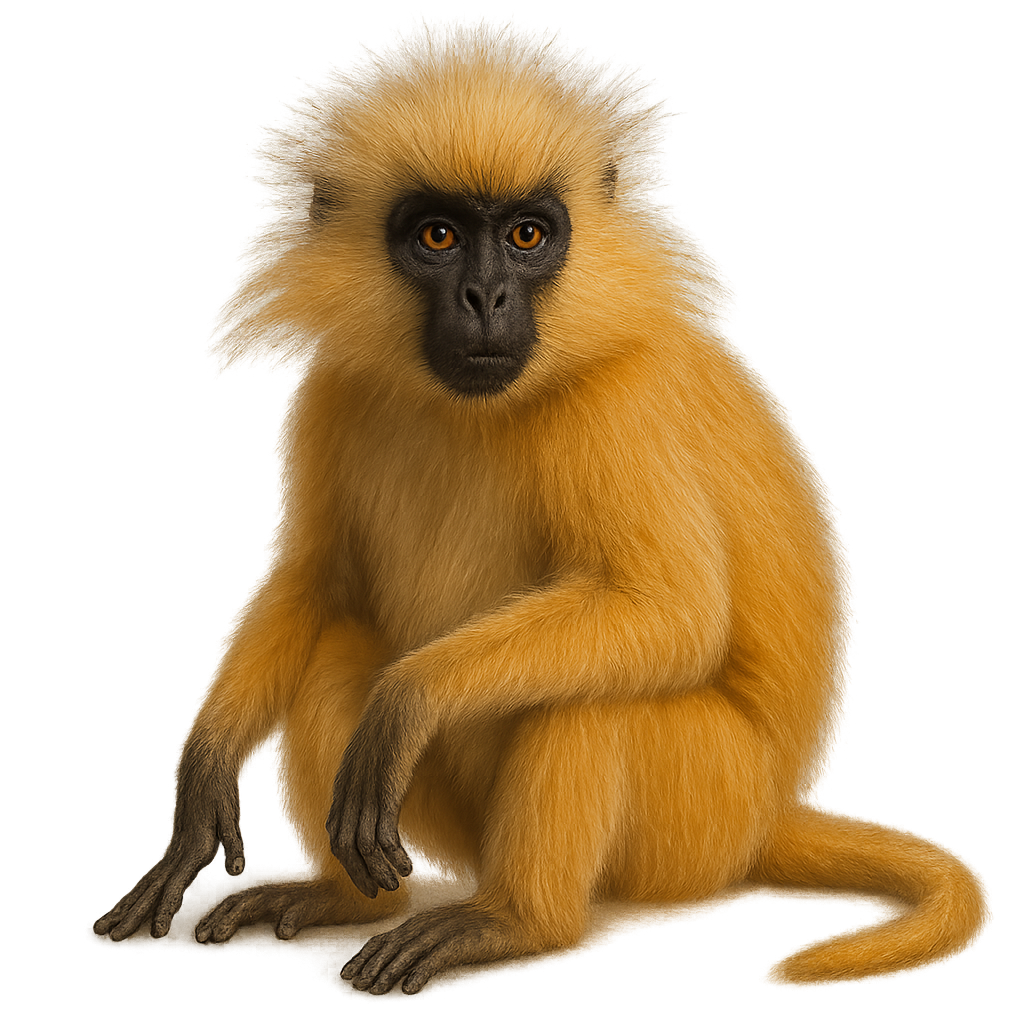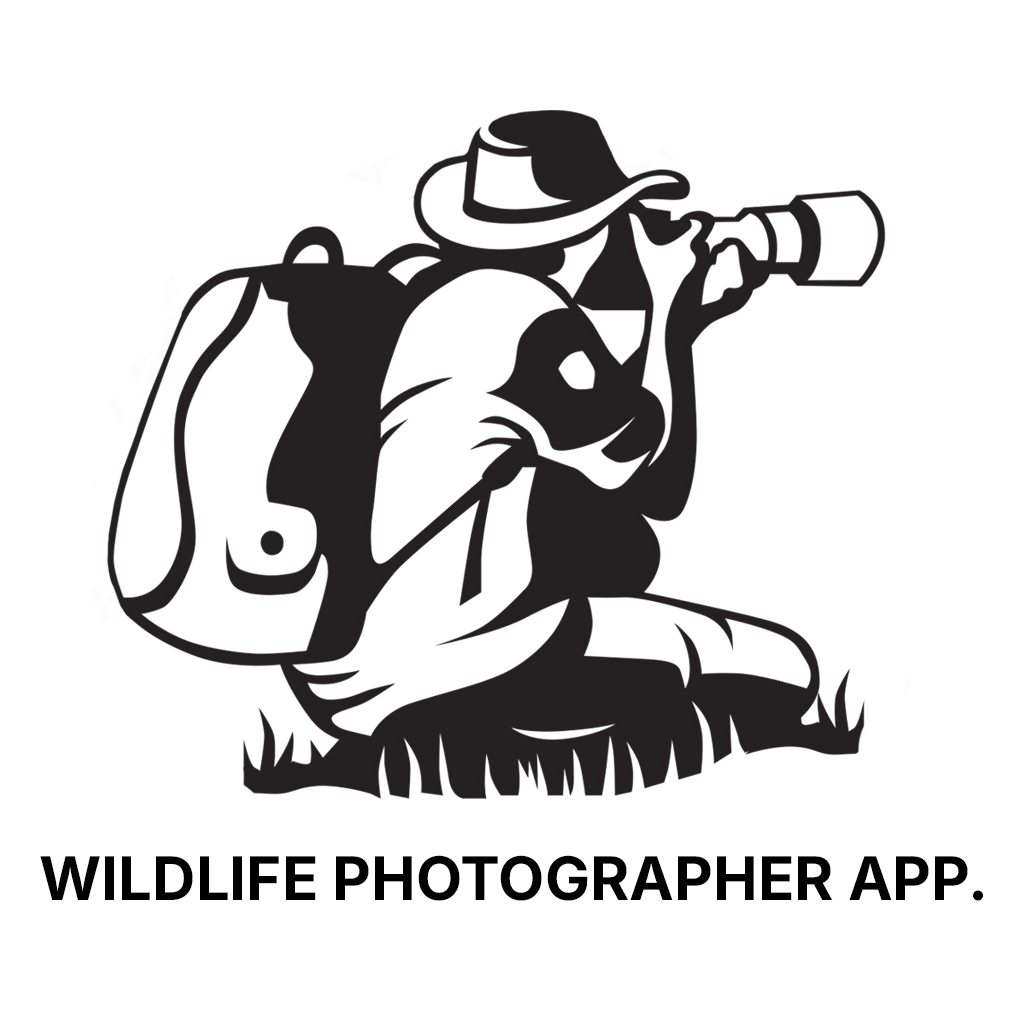Your wildlife photography guide.
Explore the gee's golden langur in detail, study its behavior, prepare your shots.
Where to observe and photograph the gee's golden langur in the wild
Learn where and when to spot the gee's golden langur in the wild, how to identify the species based on distinctive features, and what natural environments it inhabits. The WildlifePhotographer app offers tailored photography tips that reflect the gee's golden langur’s behavior, helping you capture better wildlife images. Explore the full species profile for key information including description, habitat, active periods, and approach techniques.
Gee's golden langur
Scientific name: Trachypithecus geei

IUCN Status: Endangered
Family: CERCOPITHECIDAE
Group: Mammals
Sensitivity to human approach: Suspicious
Minimum approach distance: 10 m
Rut period: August to October
Gestation: 160-170 jours
Births: January to March
Habitat:
Tropical forests, subtropical forests, wooded areas
Activity period :
Primarily active during the day, with peak activity in the morning and late afternoon.
Identification and description:
The Trachypithecus geei, or Gee's golden langur, is a rare and fascinating primate endemic to the border region between Bhutan and India. It is distinguished by its striking golden fur, giving it a unique and majestic appearance. This arboreal monkey primarily inhabits tropical and subtropical forests, where it feeds on leaves, fruits, and flowers. Golden langurs are social animals, living in family groups led by a dominant male. Unfortunately, this species is threatened by deforestation and habitat fragmentation, leading to a decline in its population. Conservation efforts are underway to protect this iconic animal and its natural environment.
Recommended lens:
400 mm – adjust based on distance, desired framing (portrait or habitat), and approach conditions.
Photography tips:
To photograph the golden langur, it is advisable to use a telephoto lens of 400mm or more to capture detailed images without disturbing the animal. The tropical forests where it lives can be dark, so a bright lens is an asset. Be patient and discreet, as these primates can be suspicious. Look for moments when they are feeding or interacting socially to get dynamic shots. The natural morning or afternoon light can add a beautiful golden ambiance to your photos.
The WildlifePhotographer App is coming soon!
Be the first to explore the best nature spots, track rutting seasons, log your observations, and observe more wildlife.
Already 1 430 wildlife lovers subscribed worldwide

